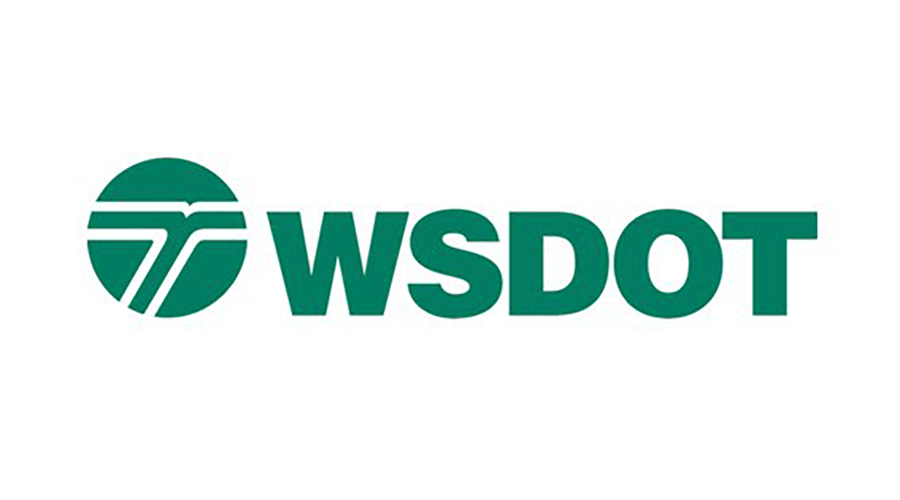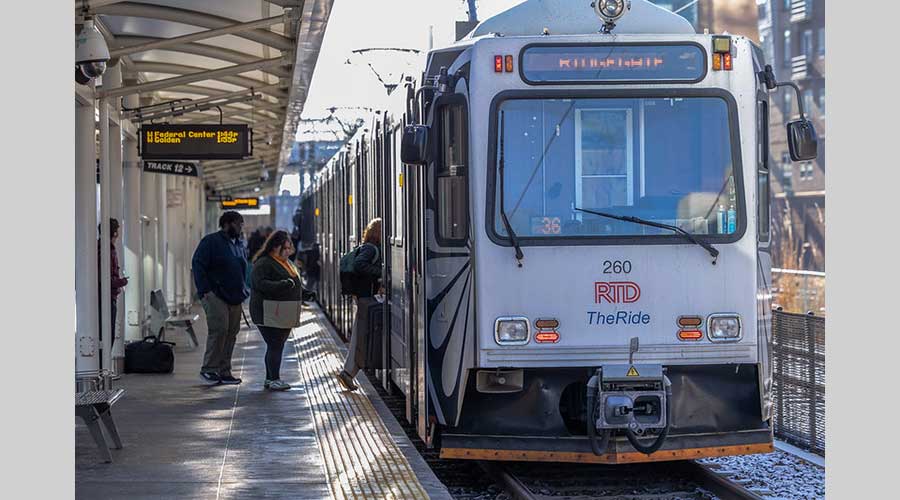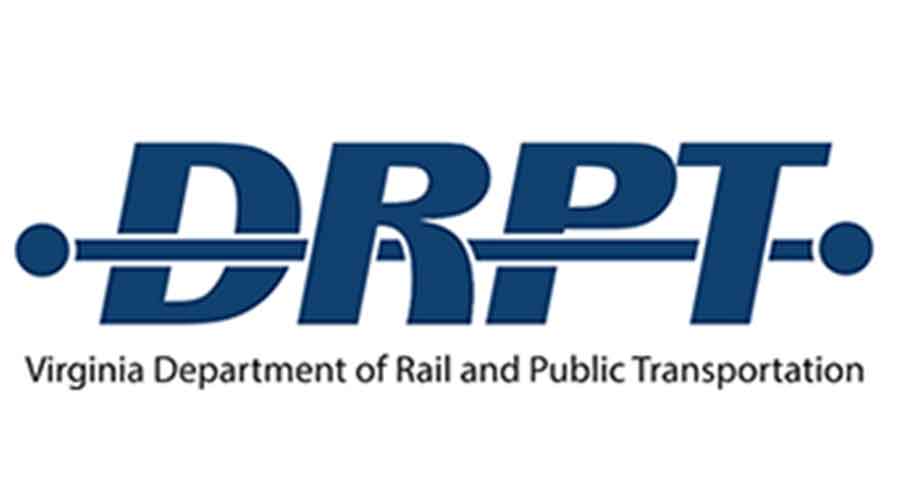Newsletter Sign Up
Stay updated on news, articles and information for the rail industry
Stay updated on news, articles and information for the rail industry
RAIL EMPLOYMENT & NOTICES
Rail News Home
Rail Industry Trends
Rail News: Rail Industry Trends
4/21/2009
Rail News: Rail Industry Trends
CN elevates earnings, lowers expenses despite economic challenges
advertisement
CN posted a 36.4 percent increase in first-quarter net income despite a decrease in its top line, which was impacted by a 16 percent volume decline.
The Class I earned $342.4 million during the quarter, up from $251.1 million in the year-earlier period. However, CN’s revenues slid 3.8 percent to $1.5 billion and operating ratio increased 1.2 points to 74.1.
On an adjusted basis (including three non-recurring items), earnings rose 3.2 percent to 51 cents per share, one cent below Stifel, Nicolaus & Co. Inc.’s estimate, but two cents better than a Wall Street consensus of 49 cents per share, said Stifel analyst John Larkin in an earnings note.
“The pricing environment continued to remain favorable with a same-store price increase in the 4 percent to 5 percent range, consistent with [our] ongoing guidance,” he said.
Several factors affected CN’s bottom line, including a gain from the sale of a railway corridor and expenses related to its Elgin, Joliet and Eastern Railway Co. (EJ&E) acquisition. The Class I also had a deferred income tax recovery.
President and Chief Executive Officer E. Hunter Harrison credited the company’s ability to cut expenses and reduce train starts as some of the reasons CN posted improved first-quarter results.
“Economic conditions during the first quarter were challenging,” he said in a prepared statement. “Our traffic declined sharply as production cuts and reduced imports and exports coursed through the North American and global economies.”
CN’s year-over-year 2 percent decline in operating expenses stemmed from lower fuel and labor/fringe benefit costs. Those expense cuts were somewhat offset by items that include currency translation and EJ&E acquisition-related costs.
The Class I earned $342.4 million during the quarter, up from $251.1 million in the year-earlier period. However, CN’s revenues slid 3.8 percent to $1.5 billion and operating ratio increased 1.2 points to 74.1.
On an adjusted basis (including three non-recurring items), earnings rose 3.2 percent to 51 cents per share, one cent below Stifel, Nicolaus & Co. Inc.’s estimate, but two cents better than a Wall Street consensus of 49 cents per share, said Stifel analyst John Larkin in an earnings note.
“The pricing environment continued to remain favorable with a same-store price increase in the 4 percent to 5 percent range, consistent with [our] ongoing guidance,” he said.
Several factors affected CN’s bottom line, including a gain from the sale of a railway corridor and expenses related to its Elgin, Joliet and Eastern Railway Co. (EJ&E) acquisition. The Class I also had a deferred income tax recovery.
President and Chief Executive Officer E. Hunter Harrison credited the company’s ability to cut expenses and reduce train starts as some of the reasons CN posted improved first-quarter results.
“Economic conditions during the first quarter were challenging,” he said in a prepared statement. “Our traffic declined sharply as production cuts and reduced imports and exports coursed through the North American and global economies.”
CN’s year-over-year 2 percent decline in operating expenses stemmed from lower fuel and labor/fringe benefit costs. Those expense cuts were somewhat offset by items that include currency translation and EJ&E acquisition-related costs.


 2025 MOW Spending Report: Passenger-rail programs
2025 MOW Spending Report: Passenger-rail programs
 Gardner steps down as Amtrak CEO
Gardner steps down as Amtrak CEO
 Guest comment: Oliver Wyman’s David Hunt
Guest comment: Oliver Wyman’s David Hunt
 Women of Influence in Rail eBook
Women of Influence in Rail eBook
 railPrime
railPrime







